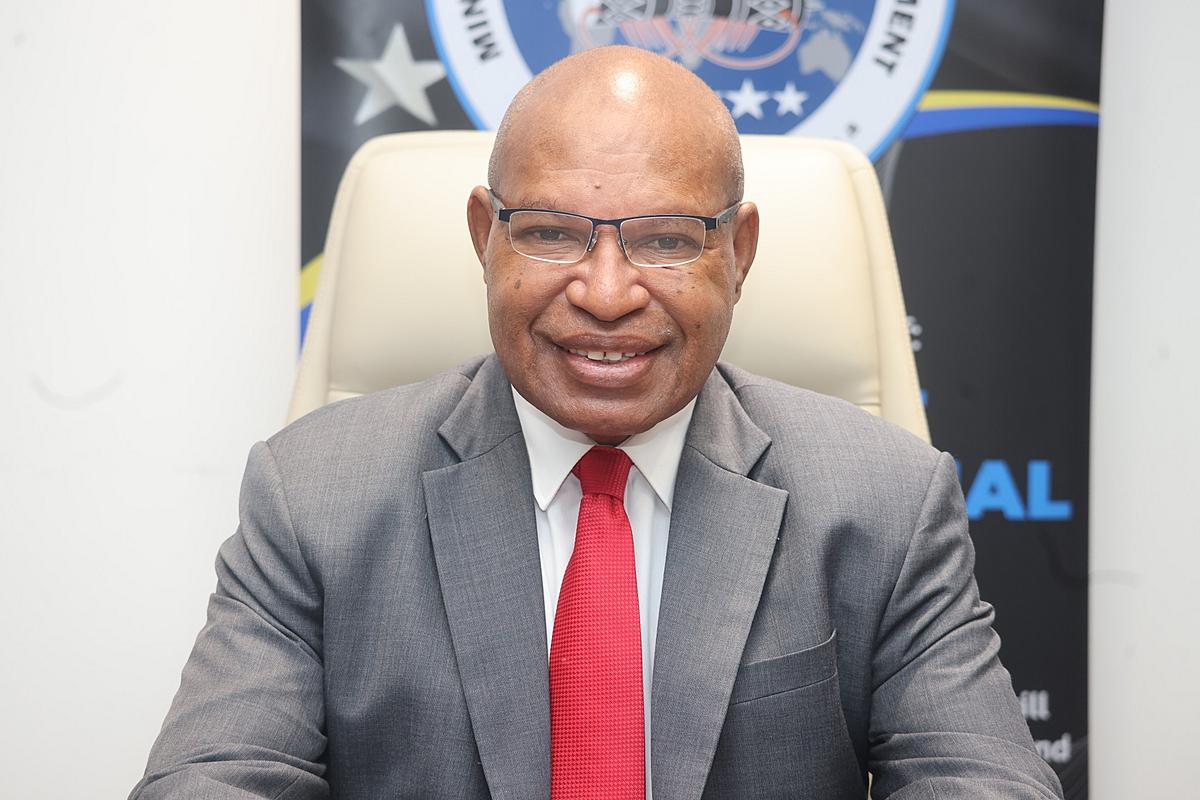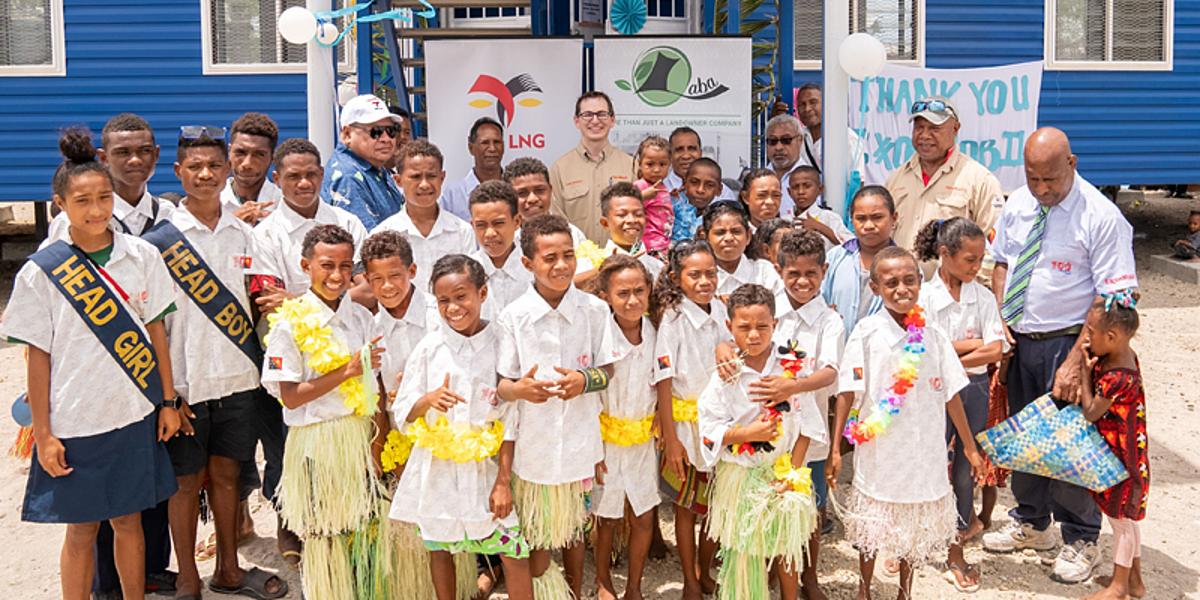Photo: PM Marape and Fortescue Future Industries CEO Julie Suttleworth after their meeting
Prime Minister James Marape has been told that Papua New Guinea has "the potential to become a large supplier of green products for the globe," with 19 gigawatts of electricity already estimated from the Purari, Kikori, and Strickland hydro potentials, as well as the West New Britain geothermal projects.
Julie Suttleworth, the CEO of green energy producer Fortescue Future Industries, told the Prime Minister this while on her route to tour project sites in Gulf and West New Britain in her briefing to the PM.
She also rated West New Britain's geothermal locations as "one of the top three regions in the world" for Fortescue projects.
The CEO was replying to the Prime Minister's question on whether PNG's green energy potential will fulfill the projections made by FFI owner and environmentalist Dr Andrew Forrest, who claimed that PNG's renewable energy sources could generate up to 25 gigawatts of power.
Suttleworth said: “We have currently indicated that there were about 15 gigawatts of hydropower that is in the Master Development Agreement that we could access. So we are starting at 15 gigawatts of hydropower; there is approximately 4.3 gigawatts of geothermal also that we have identified at this stage.
“This is early days; there may be more. So that totals to about 19 gigawatts that our study team has already identified. Not quite 25 gigawatts yet, but we hope that over time, we will get to that number. But around now, we know that there is 19 gigawatts of potential.
“If all these projects of about 19 gigawatts of power are developed, they can make over 10 million tonnes per year of green hydrogen, or about 13 million tonnes of green ammonia, or a combination of both, because ammonia is heavier than hydrogen.
“So there is the potential to be a huge producer of green products for the world.
“It is a very important part of our portfolio. We have made a commitment globally to make 15 million tonnes of green hydrogen per year, much of that will come from Australia, but over 2 million tonnes of this will come from PNG which is a huge percentage of our target.
“So the overall vision is to make over 2 million tonnes of green hydrogen from PNG, develop over 19 gigawatts of geothermal and hydropower across the various projects, as well as decarbonise PNG, and have excess for export which is a huge amount to export because PNG won’t need all.
“We will be doing the studies on the hydropower system to optimise the design of the hydropower dams phase process. So the first Purari sites will be 3 gigawatts. And then there will be stage by stage development – upper Purari, Strickland and others to get to the total of 15 gigawatts. So that does not all happen at once. Start off lower Purari and then others up to 15 gigawatts.
“And at the same time, we need to do more investigative work on the geothermal potential. Geothermal exploration is very expensive. So you need to do a lot of fieldwork first to determine where is the drill bit is going to go down to determine the geothermal potential. This is not done in many places around the world because it is so expensive. Tens of millions of dollars per one hole. It is very expensive drilling. We think there are at least 4 gigawatts of geothermal potential that needs to be explored and determined to the best way to develop.
“So part of studies is working out the best way to develop the hydropower resource and the geothermal resource. Once we got that renewable power, we need to put the transmission lines to the industrial hub. So of course, in the hydropower, you are linking Strickland, Upper Purari, Lower Purari altogether, so then take the transmission line to the coast where there is a port location.
“We are optimising, right now, the best location for the port. We got two or three options.
“And then we need to optimise the hydrogen production facility. How many electrolysis do we need to make the best use of power, and that electrolyser will take the renewable power, electrolysis of water – so we need to determine where we getting the water from. Is it going to be seawater, or from the river. And then we have to clean that water up to use for electrolysis.
“Electrolysis will make hydrogen with zero emissions. That hydrogen can be used or exported or made into ammonia. This first project that we do, we’ll probably make ammonia because it is easy to transport ammonia.”
Because of the lack of information and comprehension of how the process operated, Prime Minister Marape asked Suttleworth to describe the method of producing green hydrogen and green ammonia.
These projects are comparable in size to big LNG projects in terms of exploration, building, operation, and revenue creation for the country, and they have received the government's full backing to move forward.
Reference: PM James Marape News Page (5 December 2021). “PNG has potential to become ‘huge’ producer of green products”.










